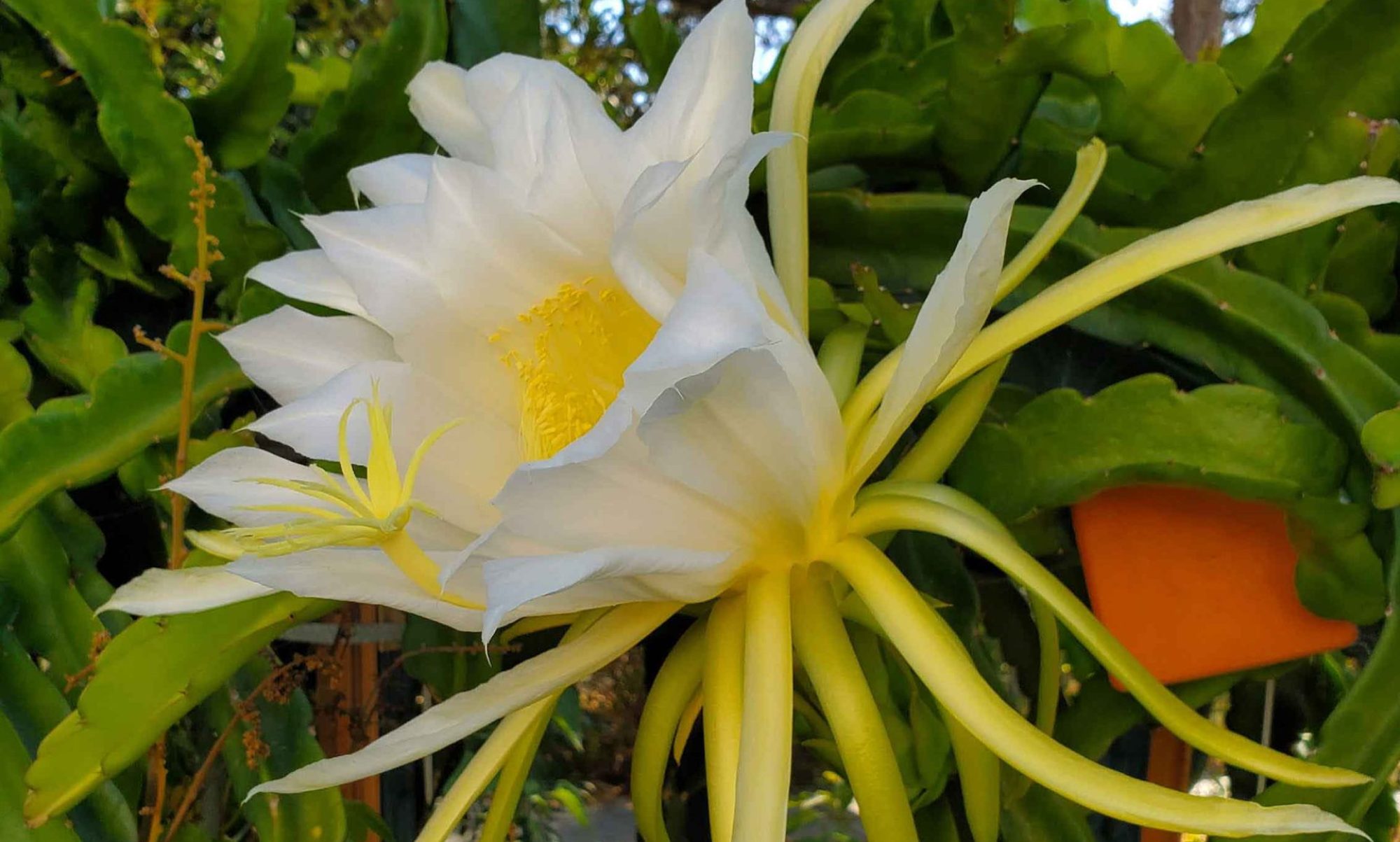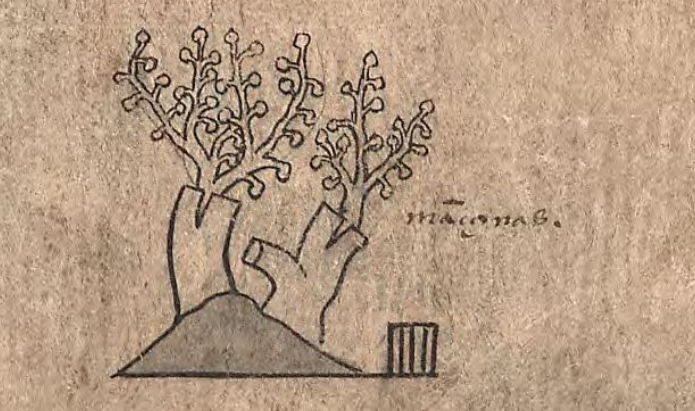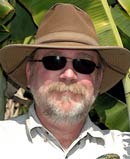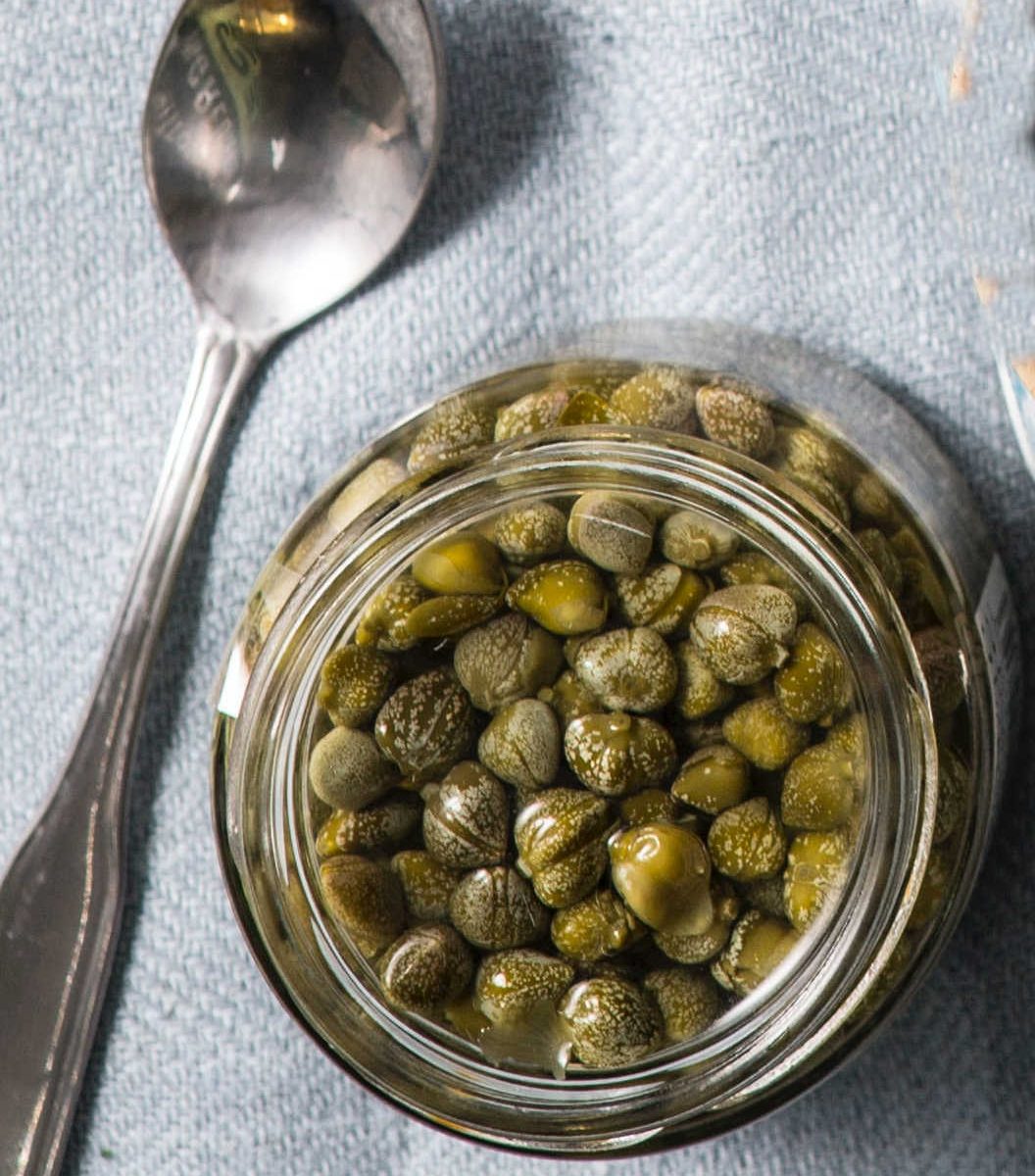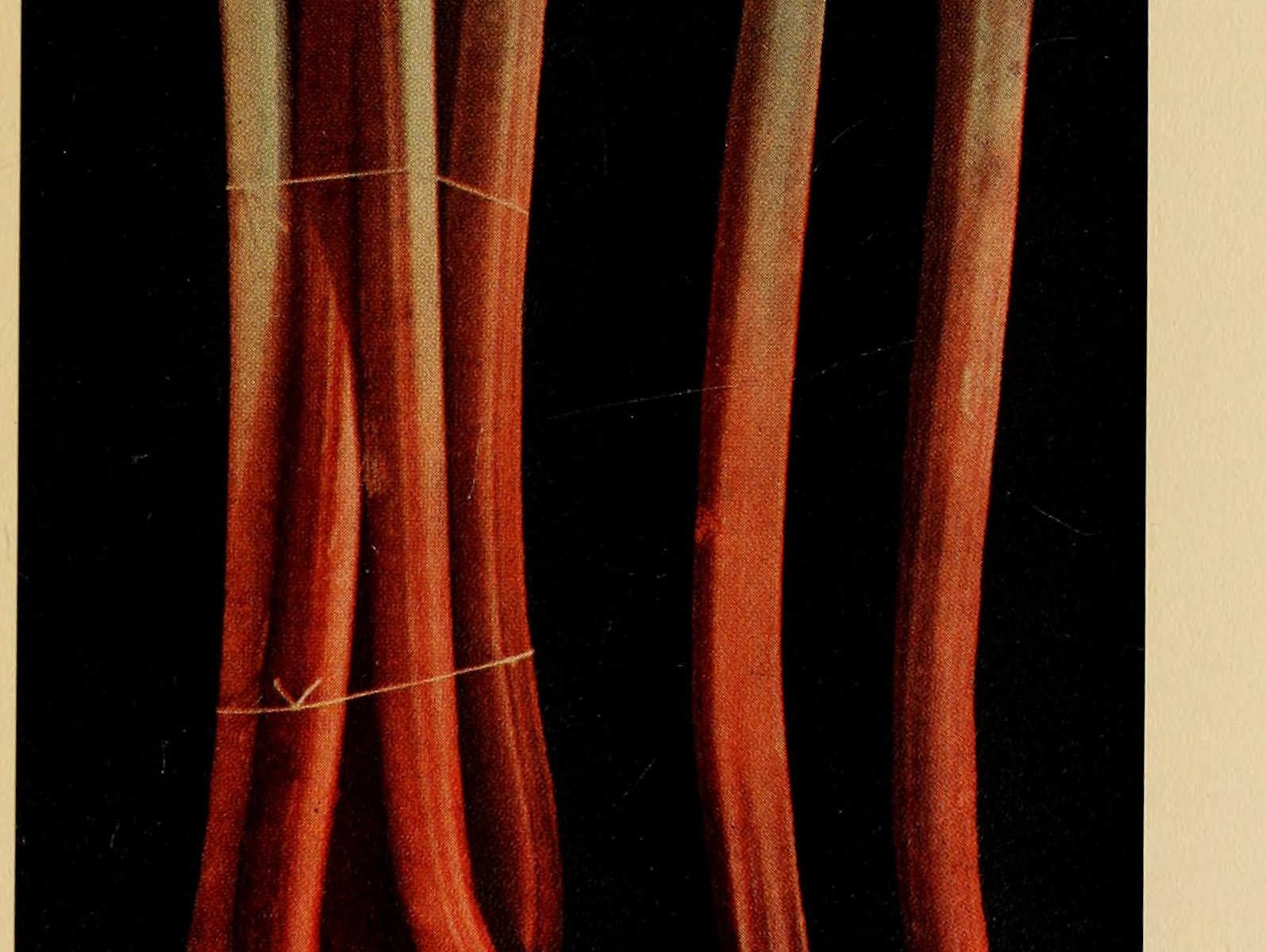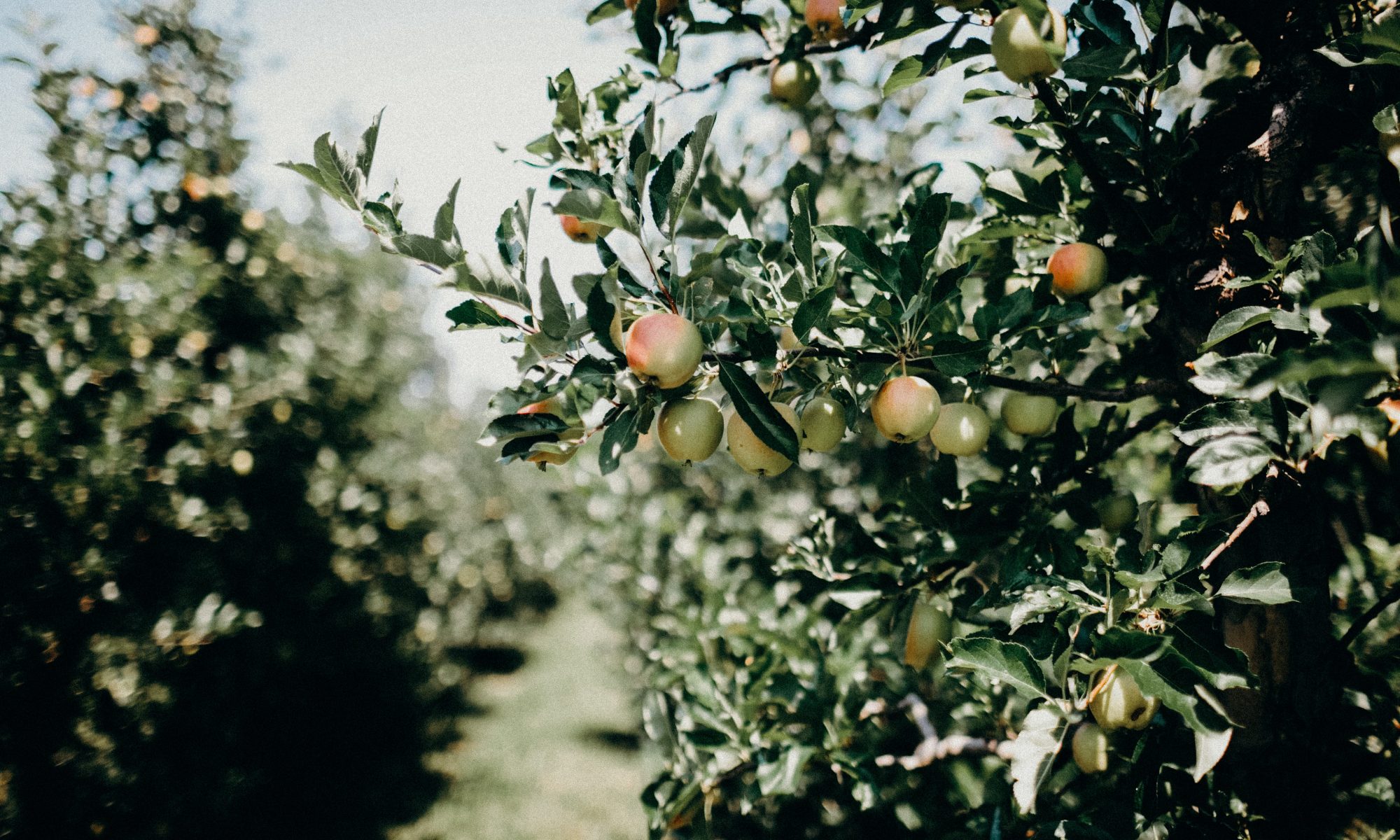As a transplanted New Englander, I have always mourned the fact that rhubarb — one of my favorite fruits (well, actually a vegetable but who’s counting?) — cannot be grown as a perennial here in sunny SoCal. We just don’t get the required chill . Nonetheless, I knew that over a hundred years ago, Luther Burbank — with his typical patience and rigor — developed several varieties that did exactly that. You can read his research here. And you can see a breathless description from the Los Angeles Herald of 1904 right here.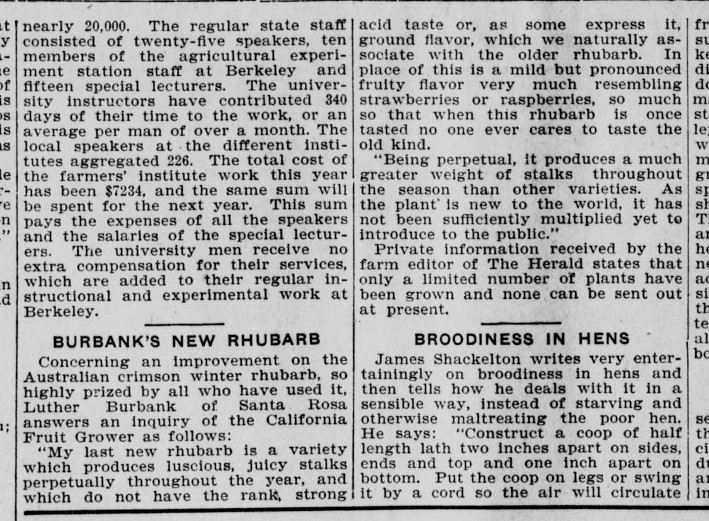
Moreover, per an article by David Karp in the March 15, 2013 LA Times: “Farmers harvested rhubarb in winter and spring in coastal Southern California on close to 1,000 acres in the early 1920s…. California’s rhubarb plantings reached 1,323 acres in the 1930 census.”
Well, I thought, I needed to get my hands on some of those Burbank rhubarbs! Alas, I soon discovered, I couldn’t. They were gone.
Per Dale Marshall, retired USDA ARS rhubarb researcher: “In response to mixed opinions on the subject of what kind of rhubarb can be grown in Southern California – yes, it grew well until about 1990.
This rhubarb resulted from Luther Burbank’s selections from New Zealand starting in about 1893. He created ‘Crimson Winter’ and later, ‘Burbank Giant’ and ‘New Giant Crimson Winter’.
These great cultivars were grown until about the 1980’s by the Cleugh family. Another man bought the brand name and roots but was bought out in 1992 and the fields became industrial properties with virtually all the roots being destroyed. Such a shame!”
Arggh! But we Rare Fruit Growers are not easily daunted. The New Zealand reference was a Very Big Clue. I began hunting for the Kiwi Topps’ Winter Rhubarb — said to be the variety that launched Burbank’s research — but that also seems to have vanished from the earth.
Further Googling, however, took me to the site of French Harvest and the Clayton family in Melbourne, Australia which has been in the rhubarb business for a very long time . They sell several varieties they’ve developed that they promised would grow year-round in a Mediterranean climate. Well, hey, that’s us! The game was on.
I quickly obtained a collection of seeds to trial: Tina’s Noble, Success and Ruby Red (a compact variety good for containers); and managed to persuade several of our more dedicated chapter propagators to try them out in their very different microclimates. We are also trialing Glaskin’s Perpetual, first grown in Brighton, England in the 1920s since the British began their experiments with Australian rhubarb about the same time as Burbank and for the price of a $3 packet of seeds, it seemed worth taking a chance.
I still, however, have some seeds, especially of the compact Ruby Red variety and if any of you who prefer to garden in containers would like to take a stab I would be glad to make them available (Chapter members only, please).
I may also have some Success seedlings since more of those plants came up than I have room for but at the moment, they have just emerged and I have to keep my fingers crossed I won’t kill them off before they’re big enough to transplant. Stay tuned!!
